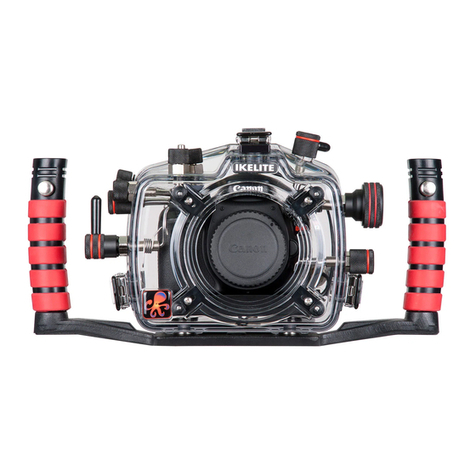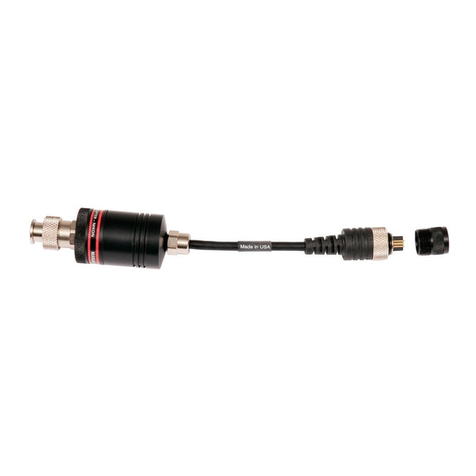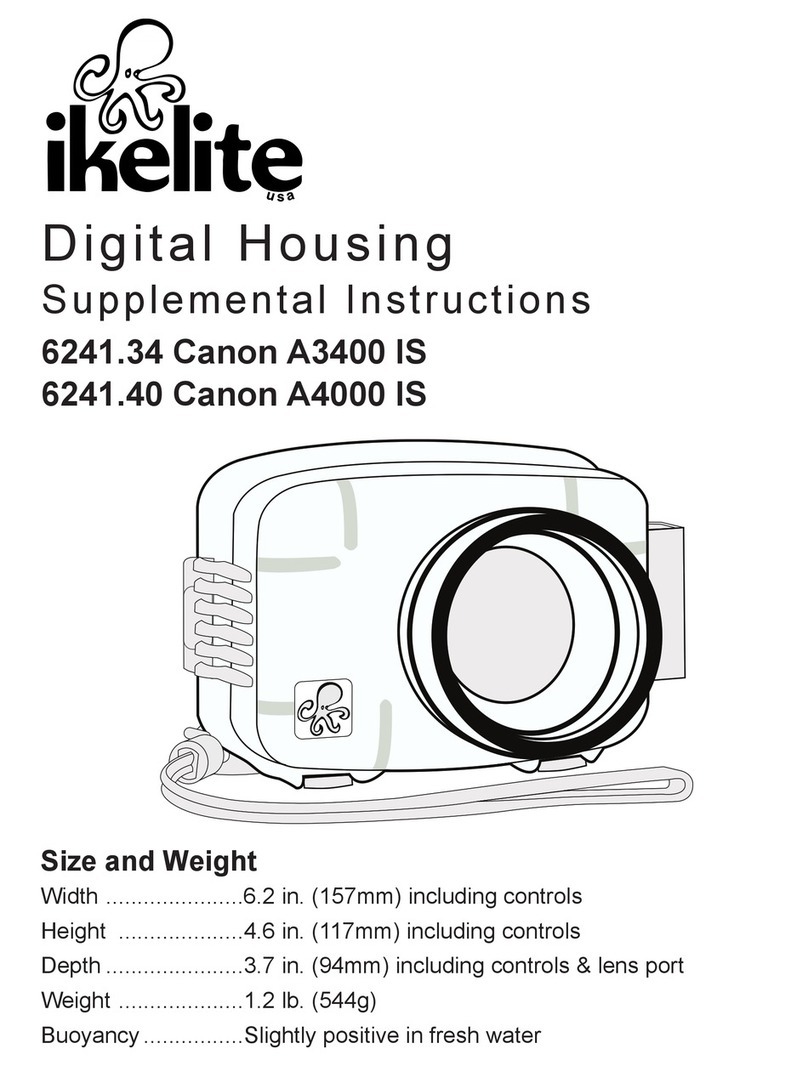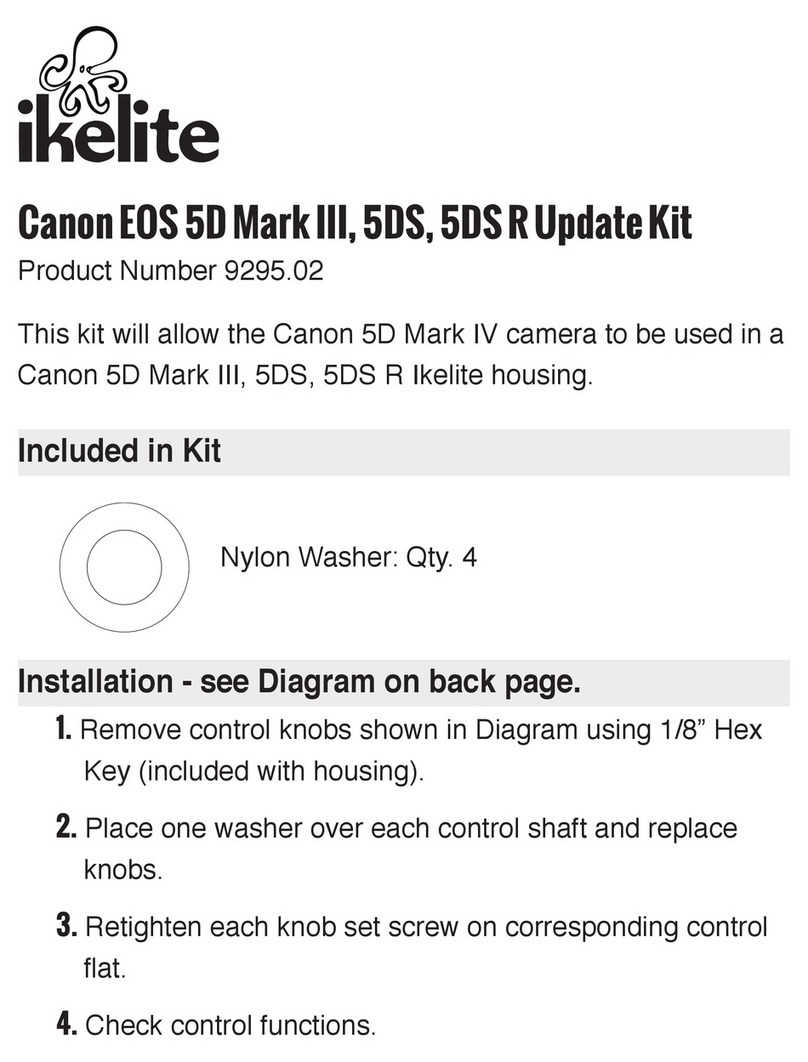Ikelite 6116.11 User manual
Other Ikelite Camera Accessories manuals

Ikelite
Ikelite 200DLM/A User manual
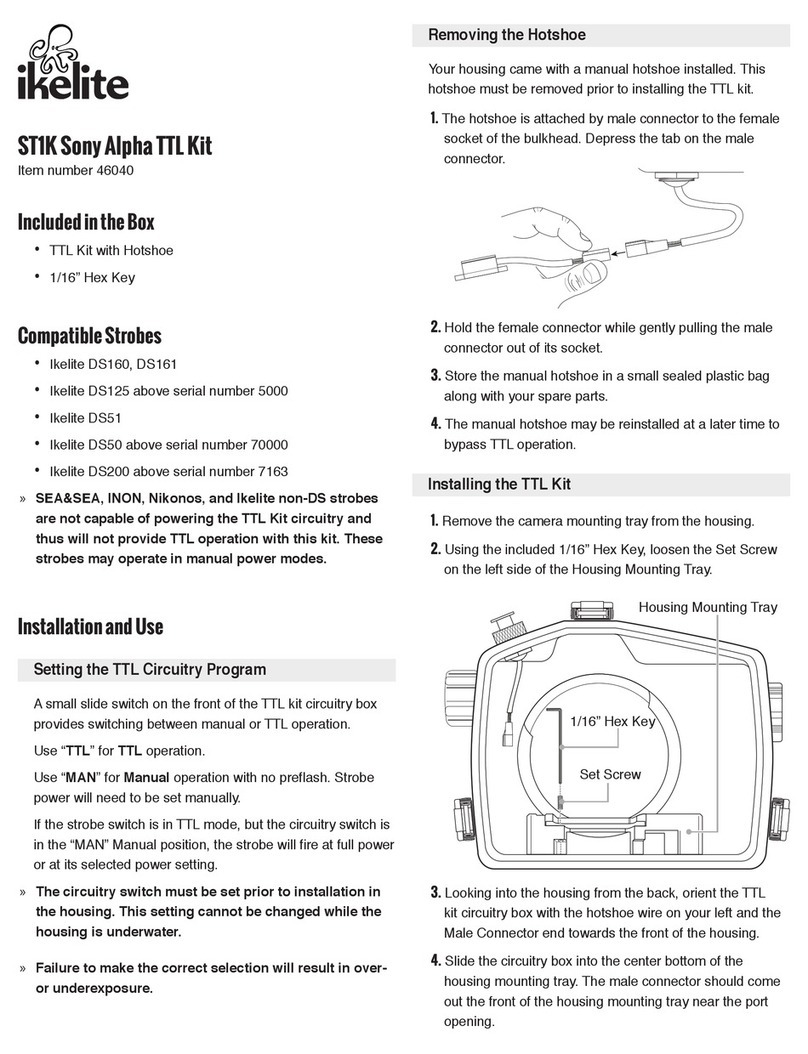
Ikelite
Ikelite ST1K User manual
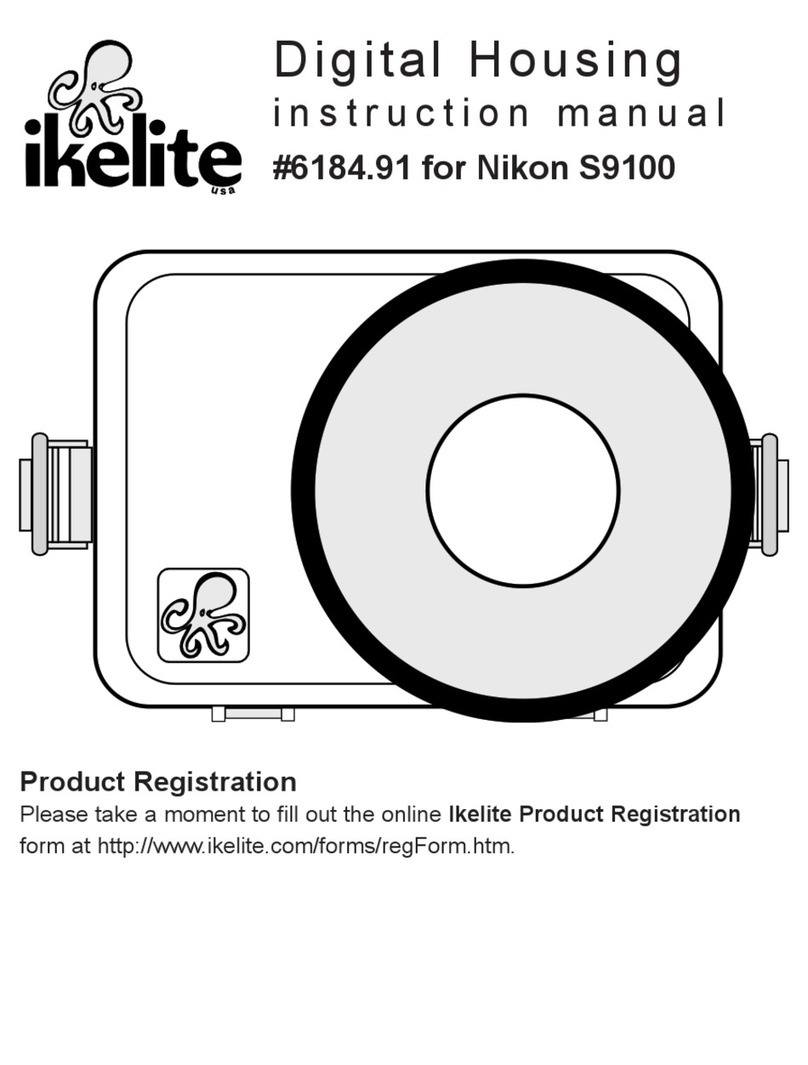
Ikelite
Ikelite 6184.91 User manual

Ikelite
Ikelite 6146.02 User manual

Ikelite
Ikelite 6130.80 User manual

Ikelite
Ikelite 6950.53 User manual
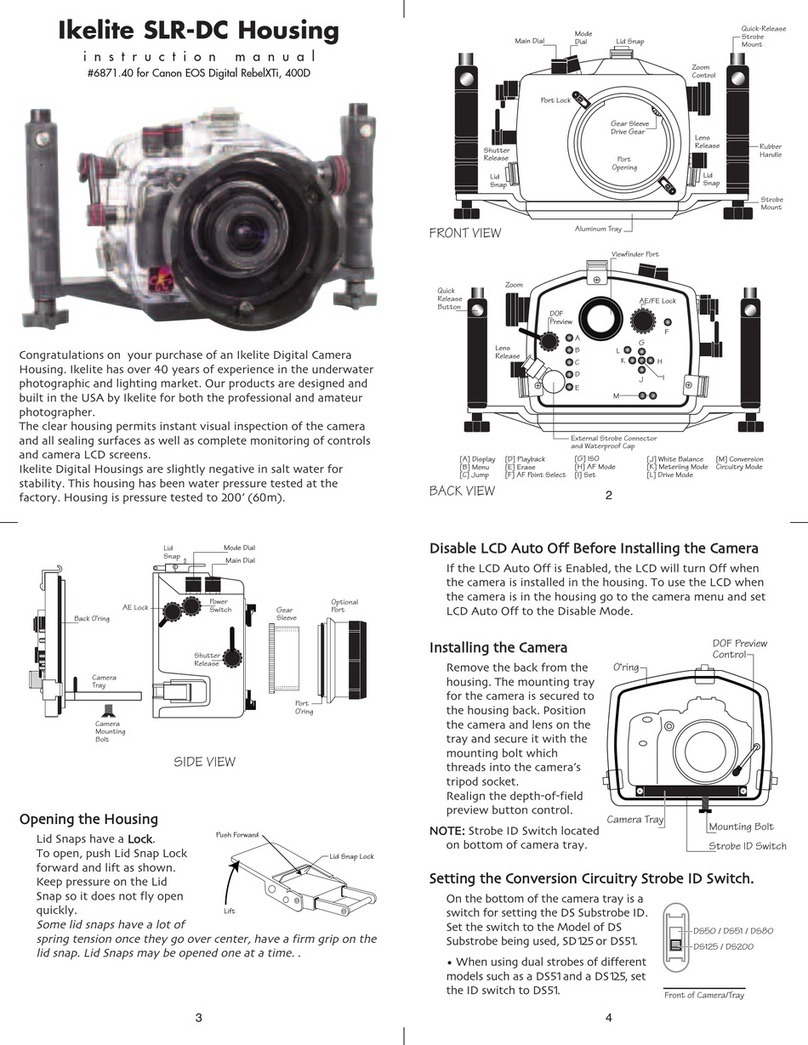
Ikelite
Ikelite Digital RebelXTi 400D Operating and maintenance manual
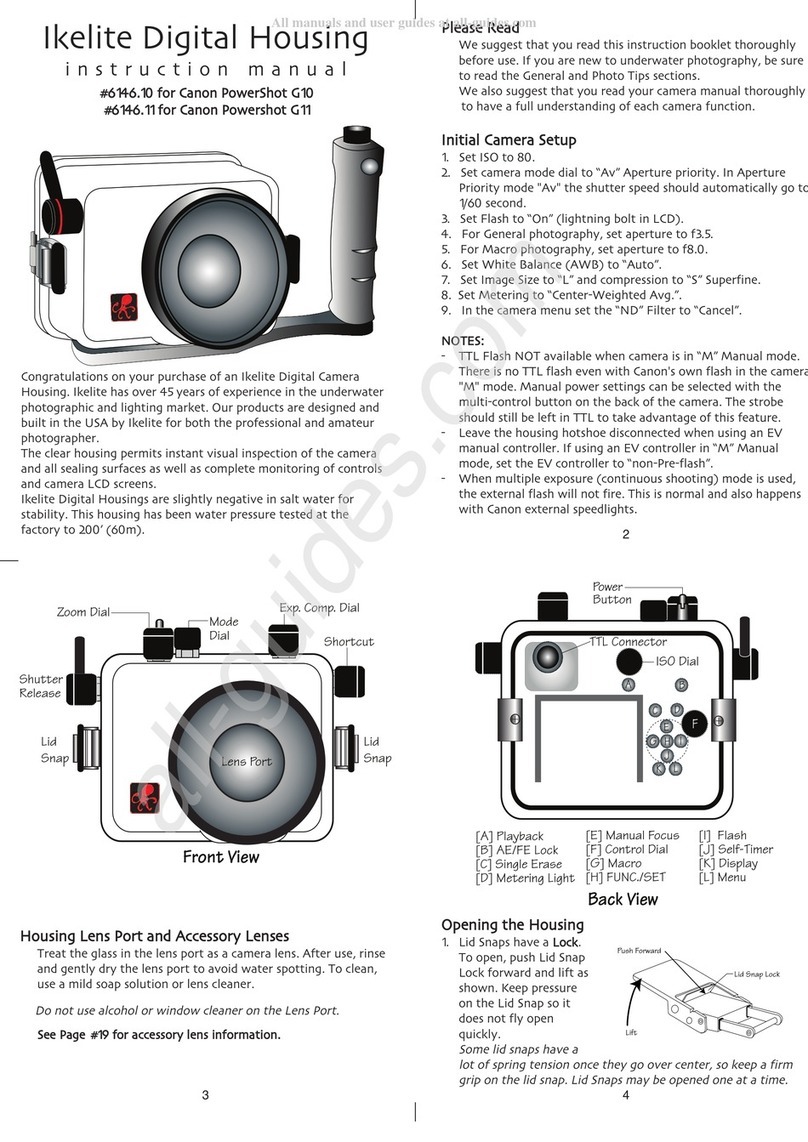
Ikelite
Ikelite 6146.10 User manual
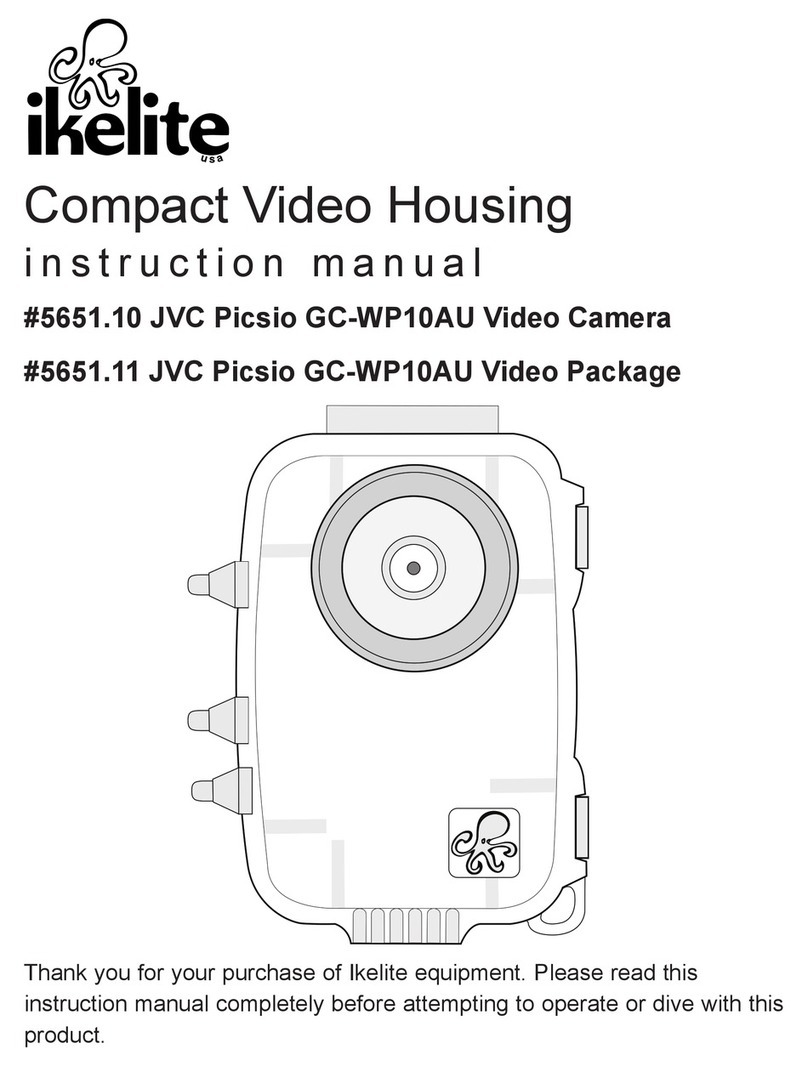
Ikelite
Ikelite Compact Video Housing User manual

Ikelite
Ikelite 6182.77 User manual
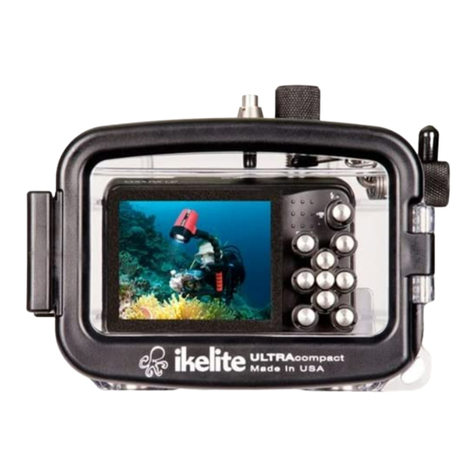
Ikelite
Ikelite 6280.30 Owner's manual

Ikelite
Ikelite 69123 User manual
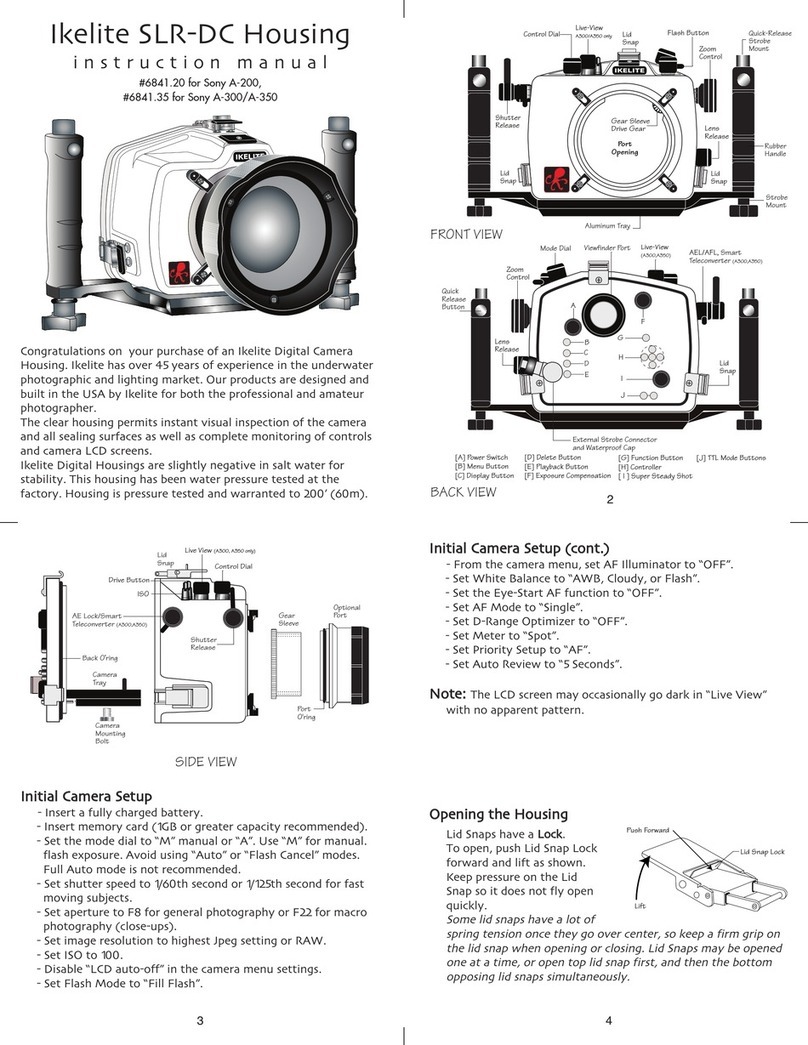
Ikelite
Ikelite SLR-DC 6841.20 User manual

Ikelite
Ikelite SLR-DC Housing User manual

Ikelite
Ikelite 6171.11 User manual
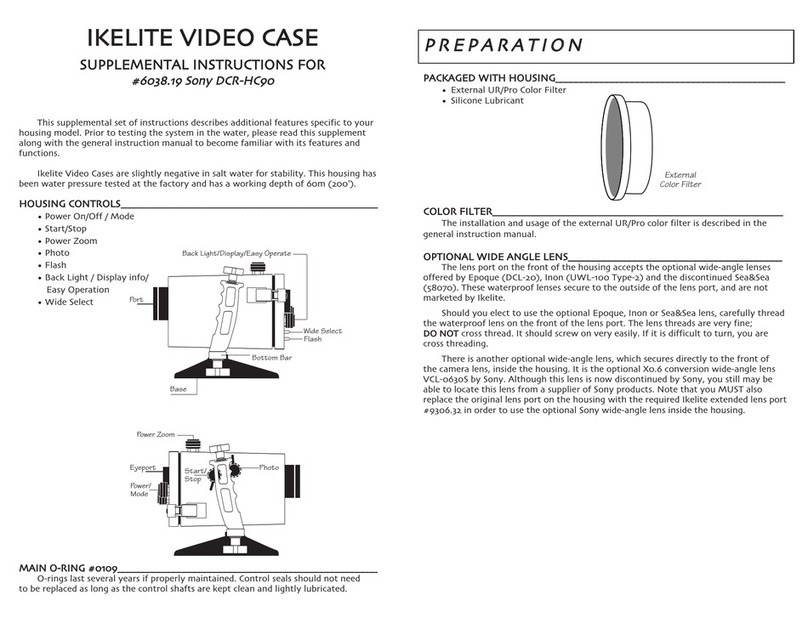
Ikelite
Ikelite DCR HC Owner's manual
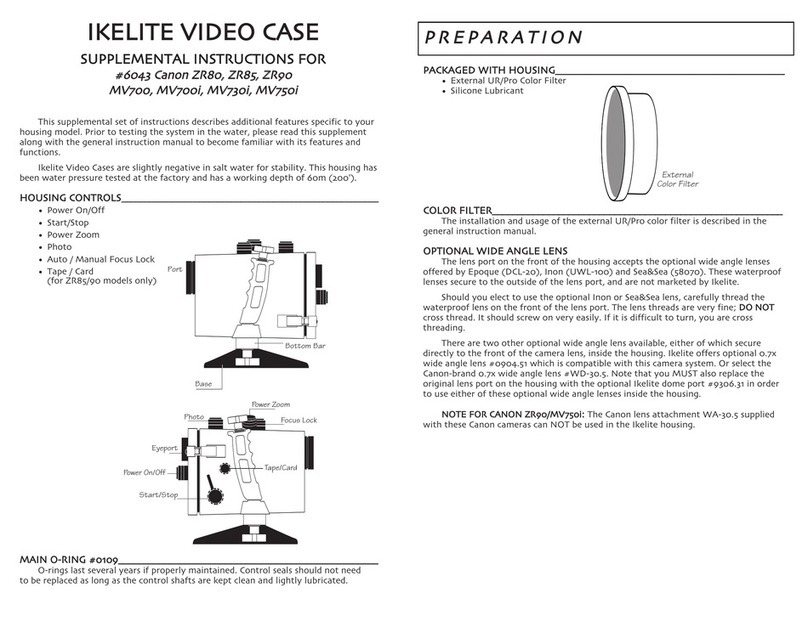
Ikelite
Ikelite 6043 Owner's manual

Ikelite
Ikelite 5509.20 User manual
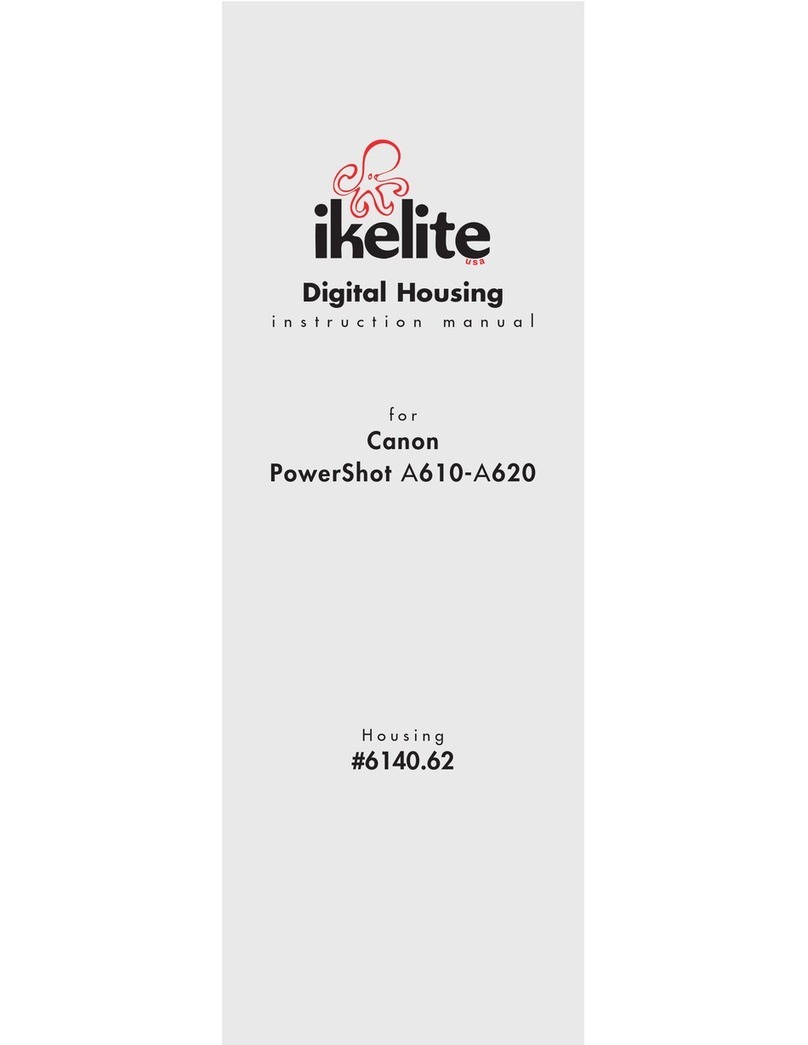
Ikelite
Ikelite PowerShot A610-A620 User manual

Ikelite
Ikelite 6146.07 User manual
Popular Camera Accessories manuals by other brands

Calumet
Calumet 7100 Series CK7114 operating instructions

Ropox
Ropox 4Single Series User manual and installation instructions

Cambo
Cambo Wide DS Digital Series Main operating instructions

Samsung
Samsung SHG-120 Specification sheet

Ryobi
Ryobi BPL-1820 Owner's operating manual
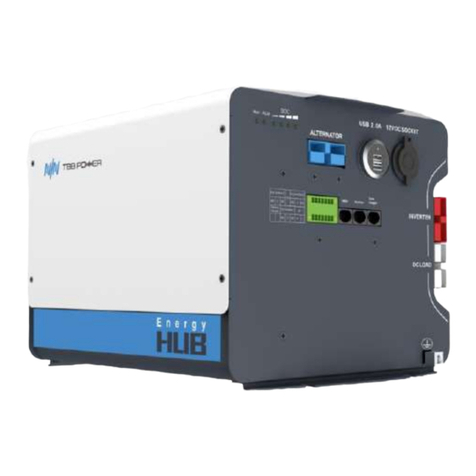
TBB power
TBB power Energy Hub EH128L user manual
